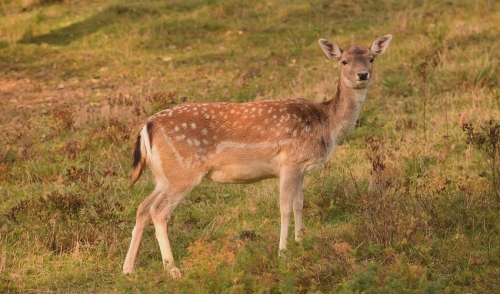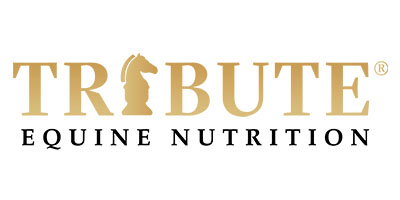{article.name}
Stay Informed
Keeping Deer Healthy in the Hot Summer Months

- Share this:
- Share on Facebook
- Pin on Pinterest
- Tweet on Twitter
For the most part, deer adapt well to a wide range of temperatures and climates. But there are three things you can do in the hot summer months to give deer a better chance of survival: provide shade and shelter from the elements, provide a dependable water supply and supplement their diet with nutrients that are in short supply this time of year.
Here are a few hot-weather tips:
- If you raise deer, make sure they have access to shelter and shade to prevent heat stress. Wild deer in good habitat can usually find enough shade under trees and shrubs.
- A stable water supply is crucial to the viability of the deer herd. Deer need to consume about three pounds of water for every pound of dry matter consumed. If they can’t drink, they won’t eat. And it they don’t eat enough, over time you’ll see inhibited growth of fawns, lactation failure by does, low birth and weaning weights, and an inconsistent fawning period.
- Water intake is especially critical during periods of high metabolic demand, much of which occurs in summer. This would include the early months of life for growing fawns, the antler growth period for bucks, and gestation and lactation in does.
- How do you define a stable water source? In an area like west Texas, a dependable water source every 1 to 1.5 miles is considered adequate. Deer generally prefer to drink from ponds or streams but will readily use livestock water troughs.
- Typically in summer, forage quality declines just when the does are lactating and the bucks are in a period of maximum antler growth. Supplementing their diets now with AntlerMax® Deer 20 can help to overcome the “nutritional gap.”
- Antlers are one of the fastest growing tissues in the animal kingdom. Obviously, if the required nutrients are in short supply during antler growth period, several things can happen, none of them good:
-
-antler growth rate will slow. Since antlers grow for only a set number of weeks, antlers growing at a rate of 3 grams a day instead of 5 grams a day will yield a disappointing result.
-
-the antlers will lack mass and density, making them weaker and more susceptible to breakage.
-
-desirable characteristics, such as antler mass, number of points and beam circumference will be negatively affected.
When you consider that a buck will use nutrients in order of priority: first, to support necessary body functions, and, second, for antler growth, then you understand why supplementing a deer’s diet in summer is so important. Protein and minerals play a huge role in determining the size of a set of antlers. A product such as Purina Mills® AntlerMax® with patented Protein and Mineral Technology can give bucks a big advantage.
- Feeding deer adequately in summer and autumn is one of the most effective ways to ensure their wellbeing in future months. Supplementation allows the bucks to build body condition in preparation for the autumn rut. Heading into a harsh winter in good body condition gives bucks, does and fawns a better chance of survival.
- Here’s another tip. It’s not too early to think about next year. If you’re planting a spring-summer food plot, consider legumes such as American jointvetch, Alyceclover, peas, pinto beans, soybeans and lablab. These spring-summer plots will supply early nutrition in the critical first phase of antler growth. Fall-winter food plots, which usually consist of small grains and/or winter peas, will help maintain body condition over the winter and get the bucks ready for antler growth next year.
Special Offers
We are constantly adding new specials to our site. Be sure to check back often!




Comments